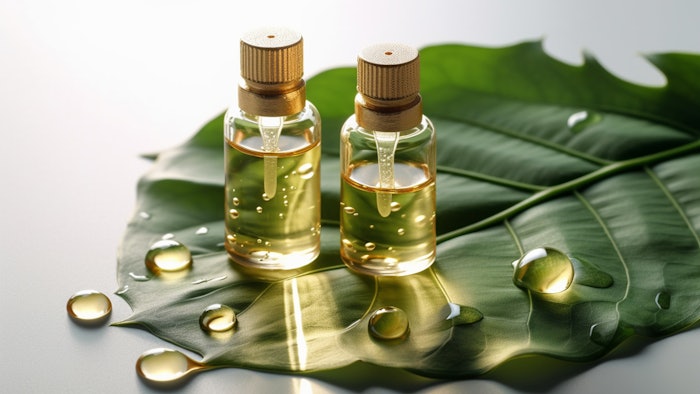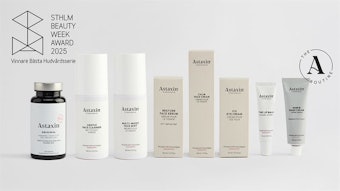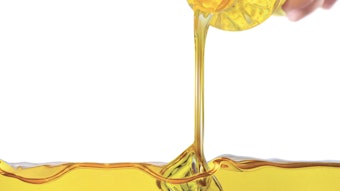
Unlike other skin care ingredients, cacay oil, also called Caryodendron orinocense, actually has a rich history of being used in skin and hair care. The oil is derived from the Caryodendron orinocense tree, which is native to Brazil and northwest parts of South America.1 This Euphorbiacea plant had actually almost gone extinct in a period of time when forests were being destroyed, but it prevailed and has been used by villagers for centuries as a healthy dry oil for skin and hair.
While this ingredient has been around for a long time, it more recently exploded into the skin care market, specifically for its healing and hydrating properties.
Skin Benefits
Cacay oil has been said to visibly improve the skin in a bountiful amount of ways, which is why it is becoming so popular for use in skin care.
For starters, this ingredient has a powerful source of vitamin E, which helps to reduce oxidative stress and prevent wrinkles. The antioxidant properties of the ingredient also help to protect against pigmentation while boosting skin's radiance.2
Another major benefit this ingredient provides to the skin is its hydrating capabilities. Cacay oil has a unique composition that deeply penetrates the skin, feeding it with essential fatty acids and vitamins to deliver amazing moisturizing benefits.
Another way that this oil has been used in the market is as a retinol. You read that right. This ingredient has an abundance of natural retinols in the form of vitamin A, which helps with skin renewal, cell regeneration and collagen production. So, as you can imagine, that alone is making it an incredibly powerful ingredient.3
Related: 8 Ingredients for Hyperpigmentation
In The Spa
As previously mentioned, one way this ingredient is popping up on the skin care market is in retinol serums. For example, Image Skincare uses it in their Image MD Restoring Retinol Creme, which features this ingredient with a time released retinol technology. Skin Alchemist also uses this ingredient in their Time Traveler Phyto-retinol Face Cream. This product specifically boasts its ability to deliver the benefits of retinol without the skin sensitivity, thanks to the hydrating properties that cacay also provides.
However, we would be amiss if we didn't mention the hydrating products that also boast this ingredient. FaceTheory specifically crafted a product that is completely centered around this one ingredient. Their Dewy Cacay Oil 06 makes for a great and potent moisturizer that only requires two drops to cover your entire face.
Why You Should Care
With so many hot ingredients on the market it's easy to ask, "why is this one important?"
Cacay oil is a natural source of retinol, which has been buzzy on the skin care market since bakuchiol made its debut. On top of that, the combination of natural retinol and hydrating properties, makes cacay oil an excellent retinol choice for your clients who are looking to ease themselves into using retinol.
On top of the vitamin A present in this ingredient, the vitamin E is a top notch combo in really delivering those fine line and wrinkle reducing benefits while boosting collagen and stimulating cell renewal. Add this with the hydrating properties and you have one ingredient practically guaranteed to give your clients a youthful and glowing complexion.
Cacay With a Capital A and E
The vitamin A and E combination in this one ingredient really makes it stand out as something you need in your esthetic toolbelt. Keep your eyes peeled, as we predict you're going to see this ingredient pop up more and more in skin care.
References:










